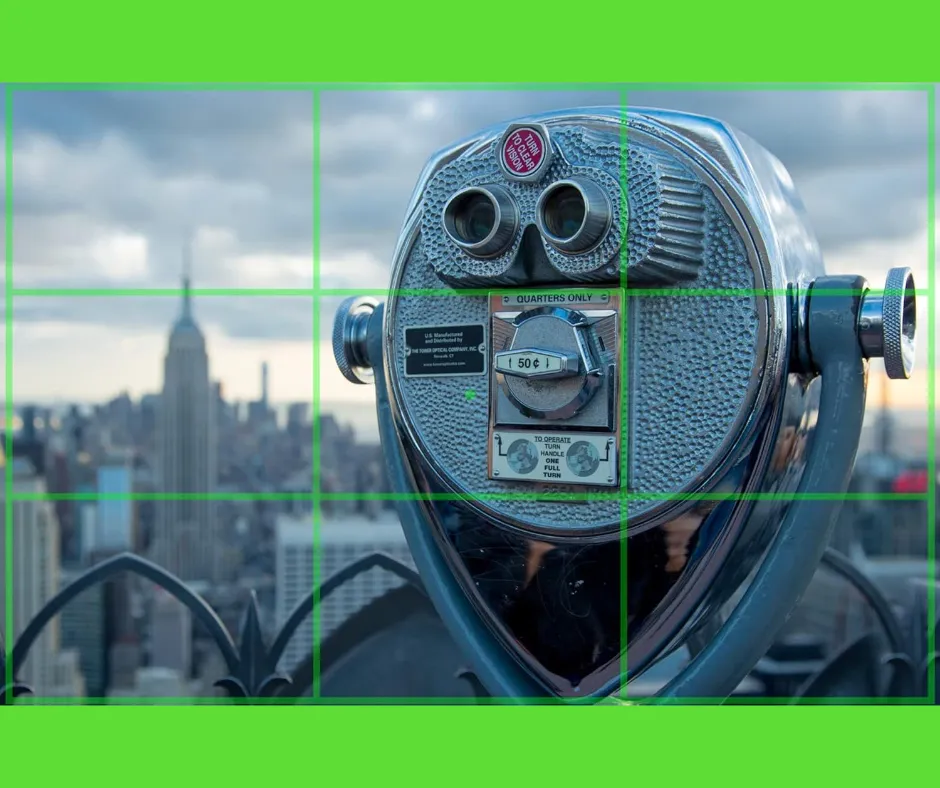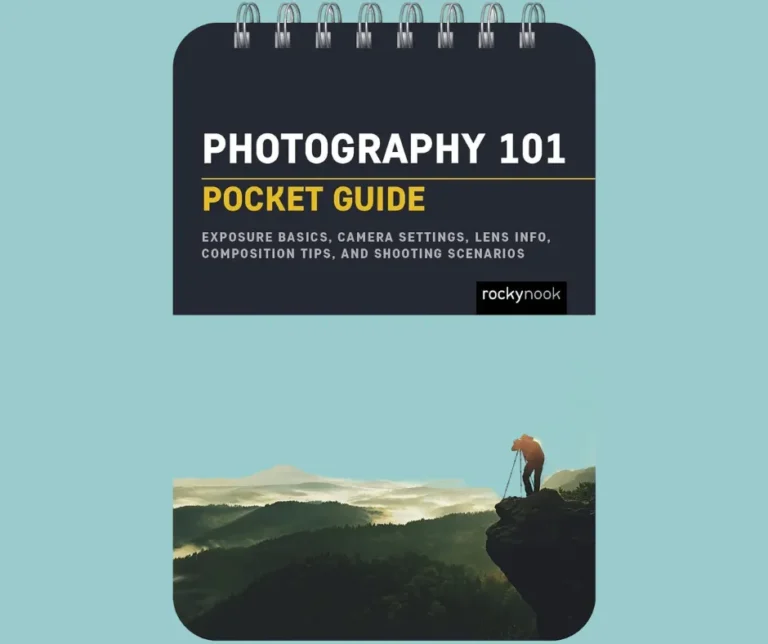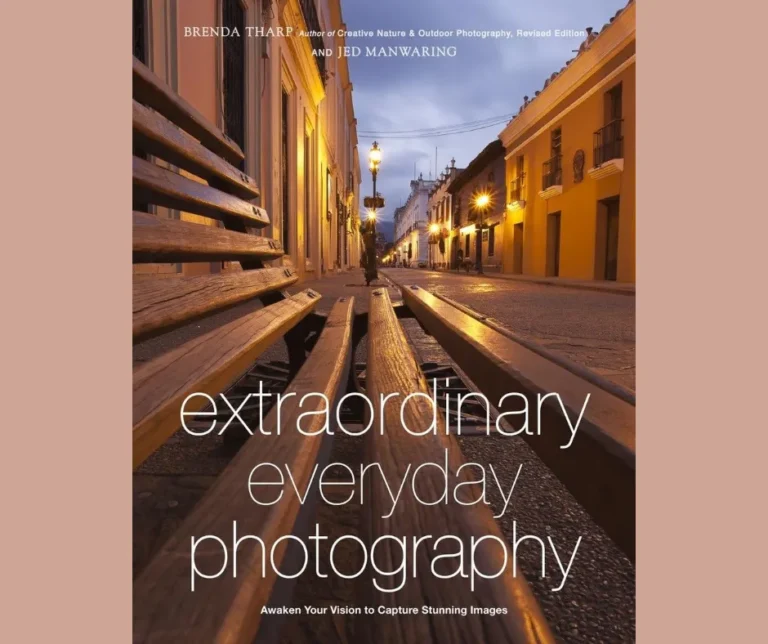Mastering the Rule of Thirds in Photography: A Comprehensive Guide
If you’re looking to take your photography skills to the next level, mastering the rule of thirds is a crucial step in achieving professional-looking shots.
This compositional technique has been used for centuries in various forms of art and design, and it is no different in the world of photography.
By dividing your image into thirds both horizontally and vertically, you can create a balanced and visually appealing composition that draws the viewer’s eye to key elements within the frame.
This guide will take you through the fundamentals of this rule, including its history, principles, and practical applications.
Whether you’re a beginner or an experienced photographer, understanding and utilizing the rule of thirds will elevate your images and make them stand out among the rest.
So, grab your camera and get ready to master the rule of thirds in photography.
Understand the concept’s purpose and importance
To truly excel in the art of photography, it is essential to understand the purpose and importance of mastering the rule of thirds.
By incorporating this fundamental composition technique into your photographs, you have the power to create visually appealing and balanced images that captivate the viewer’s attention.
The rule of thirds divides the frame into nine equal parts using two horizontal and two vertical lines, forming a grid.
The concept revolves around placing the key elements of your composition along these lines or at their intersections, known as the “power points.
” This technique adds depth, visual interest, and a sense of harmony to your photos, enabling you to convey your intended message effectively.
Whether you are capturing stunning landscapes, portraits, or street scenes, mastering the rule of thirds in photography is a skill that elevates your images from ordinary to extraordinary, leaving a lasting impact on viewers.
Apply the grid to frame shots
When it comes to capturing compelling photographs, one effective way to enhance your composition is by applying the grid to frame your shots.
By utilizing the grid formed by the rule of thirds, you can effortlessly create a balanced and visually pleasing image.
To begin, imagine the grid overlaying your viewfinder or screen, dividing it into nine equal sections.
Instead of placing your subject at the center, consider positioning them along the gridlines or at the intersecting points.
This technique adds a sense of dynamism and guides the viewer’s eye towards the main focal point.
Whether it’s the striking silhouette against a setting sun or a solitary flower in a vast landscape, consciously using the grid to frame your shots in mastering the rule of thirds in photography allows you to create visually captivating images that leave a lasting impression on your audience.
Create balance and interest effortlessly
To create balance and interest effortlessly in your photography, mastering the rule of thirds is key.
By skillfully placing your subjects along the gridlines or at the intersecting points, you can achieve a harmonious composition that draws the viewer in.
The rule of thirds allows you to break away from the conventional notion of centering your subject, creating a more dynamic and visually engaging image.
Whether you’re capturing a stunning landscape or a portrait, this technique adds depth and intrigue to your photographs.
By incorporating this fundamental principle into your photography, you can easily create a balanced and captivating composition that captures the attention of your audience.
Experiment with different subjects and compositions
In the world of photography, it is essential to continuously explore and experiment with different subjects and compositions to enhance your skills in mastering the rule of thirds.
Embrace the beauty of variety by venturing beyond your comfort zone and capturing a diverse range of subjects, from landscapes to portraits to abstract objects.
By doing so, you will broaden your perspective and discover new and unique ways to apply the rule of thirds.
Don’t be afraid to take risks and try unconventional compositions, such as asymmetrical placements or incorporating multiple subjects within the frame.
This experimentation will not only fuel your creativity but also allow you to develop a personal style that sets your photography apart.
Remember, photography is an art form, and by continuously challenging yourself and pushing the boundaries, you can truly master the rule of thirds in photography.
Take your photography to the next level
To truly take your photography to the next level, it’s crucial to invest in quality equipment that aligns with your artistic vision and technical requirements.
Consider upgrading your camera body, lenses, and accessories to enhance your ability to capture stunning imagery.
Additionally, expand your knowledge by enrolling in photography workshops, online courses, or attending seminars led by industry experts.
These learning opportunities provide valuable insights into advanced techniques, post-processing skills, and the latest trends in the world of photography.
Furthermore, seek constructive feedback from fellow photographers, join photography communities, and participate in competitions to challenge yourself and receive objective critiques on your work.
Continuously refining your skills and seeking inspiration from renowned photographers will help you refine your craft and stand out in the competitive field of photography.
By mastering the rule of thirds and incorporating these strategies, you can elevate your photography to new heights and leave a lasting impression on viewers.
Now that you have a better understanding of the rule of thirds and how it can improve your photography, it’s time to put it into practice.
Remember to always be mindful of the composition of your shots and use the gridlines on your camera to help guide your placement of subjects.
With practice and experimentation, you’ll soon be able to master the rule of thirds and take your photography to the next level.
Keep in mind that the rule of thirds is just one tool in your photography arsenal, and don’t be afraid to break the rules and try new techniques to create unique and captivating images.
With dedication and determination, you will become a master of the rule of thirds and elevate your photography skills to new heights.
FAQ
What is the Rule of Thirds in photography and why is it important?
The Rule of Thirds in photography is a composition technique where the image is divided into nine equal parts using two horizontal and two vertical lines.
By placing the main subject on one of the intersecting points, it adds balance and interest to the photo.
This technique helps create a more visually appealing and dynamic composition by avoiding placing the subject in the center of the frame.
It’s important because it guides the viewer’s eye and adds visual interest to the image, resulting in a more engaging photograph.
How can the Rule of Thirds be applied to different types of photography, such as landscapes, portraits, or still life?
When it comes to photography, you can apply the Rule of Thirds to enhance your compositions in various ways.
In landscapes, imagine dividing your frame into nine equal parts using two horizontal and two vertical lines.
Place key elements like mountains or trees along these lines or at their intersections to create a visually appealing and balanced composition.
For portraits, position your subject’s eyes along one of the horizontal lines to draw attention to their face.
In still life photography, arrange your objects along the grid lines or intersections to create a sense of depth and interest.
Remember, the Rule of Thirds is a versatile tool that can elevate your photography across different genres.
Are there any exceptions or variations to the Rule of Thirds that photographers should be aware of?
As a photographer, you should be aware that while the Rule of Thirds is a valuable guideline, there are exceptions and variations to consider.
One exception is when you intentionally want to create a different composition that breaks the rule for artistic purposes.
Additionally, certain subjects or scenes may not align well with the grid, and it’s crucial to adjust your composition accordingly.
Another variation is the Golden Ratio, which can provide a more harmonious balance in certain situations.
Ultimately, it’s essential to understand the Rule of Thirds but also be open to experimenting and adapting your composition to suit the unique qualities of each photograph.
What are some practical tips or techniques for effectively using the Rule of Thirds in composition?
To effectively use the Rule of Thirds in composition, start by imagining your frame divided into a grid of nine equal parts.
Place your subject along the lines or at the intersections to create a visually balanced and engaging composition.
Avoid centering your subject, instead, place it slightly off-center to create a more dynamic and interesting image.
Use leading lines and elements within the frame to guide the viewer’s eye towards the subject.
Experiment with different angles and perspectives to add depth and dimension to your compositions.
Remember, the Rule of Thirds is a guideline, not a strict rule, so trust your instincts and have fun exploring your creativity.
Can you provide examples of famous photographs that showcase the Rule of Thirds and explain how it enhances the overall composition?
Sure, you can find several famous photographs that beautifully demonstrate the Rule of Thirds.
One example is the photograph “Migrant Mother” by Dorothea Lange, where the subject’s face is positioned around one of the intersections of the gridlines.
This placement creates a sense of balance and draws the viewer’s attention to the mother’s expression of hardship.
Another example is “The Afghan Girl” by Steve McCurry, where the girl’s piercing gaze falls on one of the vertical lines, making her the focal point and adding visual interest to the image.
The Rule of Thirds enhances these compositions by creating a pleasing and dynamic arrangement, making the photographs more visually engaging.







